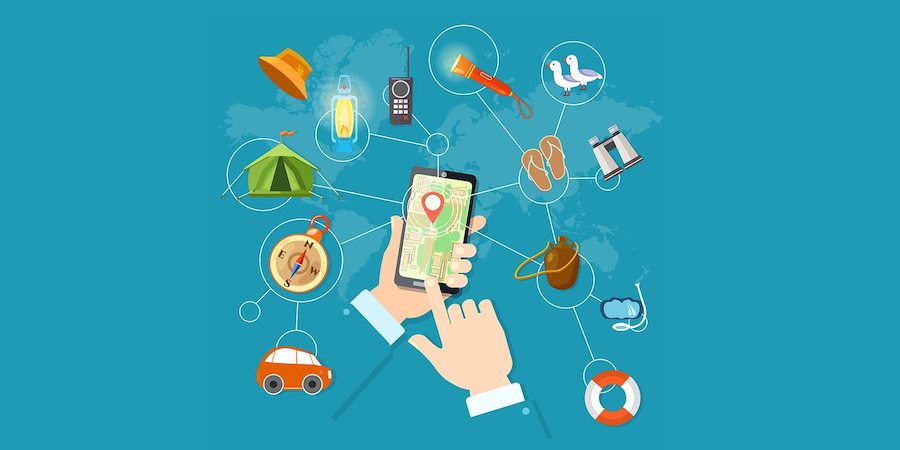5 unique ways to use geofencing to understand your small business customers

Different parts of the world are currently coming in and out of lockdown. If there’s one type of business owners who’ve been amongst the worst afflicted in 2020, it is certainly the small business owners with solely a brick-and-mortar presence. For those who have an online presence, the challenge exists in weaving in both online and offline channels to create a superior customer experience.
It certainly isn’t all doomsday for small business owners, and what is important for them is to adopt an omnichannel marketing approach. While adopting an omnichannel approach, businesses can benefit a lot from embracing geofencing.
What is Geofencing?
Geofencing, or location-based marketing, is the use of technology (specifically RFID, GPS, or Bluetooth) to create a virtual boundary around a specific location. Mobile apps can trigger a response once a mobile device enters this territory.
As geofencing can detect when a person enters or leave a particular place, they can become the starting point for brands to build interactions to anchor the real world customer journey. With geofencing, marketers can trigger push notifications, in-app messages, or an SMS text that can direct users to your store and update them about the latest offers and promotions.
For small business owners struggling with understanding their customers, geotargeting is a low-cost and efficient way to engage customers and prospects with relevant conversations.
How Does Geofencing Work?
Marketers can create a geofence with parameters like latitude, longitude, and radius along with duration on a mapping service like Google Maps. It’s also a good idea to include specifications like entering, exiting, and dwelling to monitor user behavior.
The end goal of geofencing is to provide useful and valuable information that can enhance the user experience. If marketers overwhelm or bore users with irrelevant information, geofencing can backfire.
This brings us to the most important point: How can marketers use geofencing to understand their customers and improve the customer experience?
Here are the top 5 ways small business owners and marketers can use geofencing to understand their customers:
Help Users Locate You
The most well-known benefit of geofencing is in helping users locate you. Not only does geofencing help potential customers locate you, but is also proven to be more effective than generic notifications. If generic notifications have a CTR (click-through-rate) of 3-5%, notifications powered with geofencing have a CTR that is 3-5x higher. This means more bang for the buck and more insights into what actions triggered the user to convert.
Capture Feedback at the Right Time
Often feedback is sought hours or days after the customer interaction has occurred, and feedback is therefore often reliant on the customer’s memory of their experience. This can affect the reliability of the data and at the same time cause the data to be biased. By capturing feedback in real-time using geofencing, you are bringing the focus back on the real customer experience rather than perceptions. This can help marketers achieve greater data accuracy and better insights.
Improve the User Journey
Done right, geofencing marketing can provide a seamless and valuable experience to the customers. With the analytics provided by geofencing, marketers can gain a real-time unprecedented insight into understanding and directing your customer journey.
Upsell
Apart from capturing leads at highly probable points of purchase, geofencing can help with upselling. This benefit is commonly used in the airline industry where flyers are informed about add-ons and fast track services as they enter an airport.
Understand Users’ Offline Behavior
While there are numerous ways to measure and analyze users’ online behavior, there are very few ways to understand their behavior offline. But with geofencing, you can collect insights about personalization, retargeting, and offline-to-online attribution. This will certainly give you an edge into understanding your customers.
Geofencing is a low-cost way for marketers to improve their business outcomes in terms of customer satisfaction and revenue. Using an analytics and engagement platform like CleverTap can help marketers weave geofencing into the rest of their omnichannel marketing strategy and create a seamless, superlative customer experience.
___
source: News America Now

